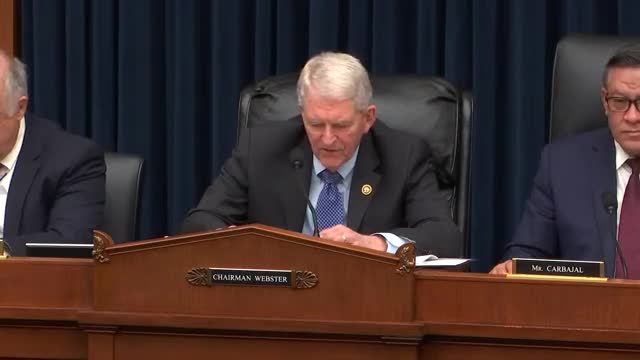Coast Guard faces urgent call to bolster icebreaker fleet
November 14, 2024 | Transportation and Infrastructure: House Committee, Standing Committees - House & Senate, Congressional Hearings Compilation
This article was created by AI summarizing key points discussed. AI makes mistakes, so for full details and context, please refer to the video of the full meeting. Please report any errors so we can fix them. Report an error »

In a recent government meeting, officials expressed urgent concerns regarding the U.S. Coast Guard's icebreaking capabilities, particularly in the Arctic, where geopolitical tensions are rising. Nearly a year after a commitment was made to develop a plan for acquiring new icebreakers, lawmakers noted a lack of progress and demanded clarity on the timeline and resources needed for the Coast Guard's Polar Security Cutter (PSC) program.
The meeting highlighted the critical role of icebreakers in maintaining U.S. interests in the Arctic, a region rich in natural resources and increasingly navigable due to climate change. Currently, the U.S. operates only two aging icebreakers, the Polar Star and Healy, which are insufficient to meet the demands of both Arctic missions and domestic icebreaking needs, particularly in the Great Lakes.
Lawmakers pointed out that while the Coast Guard's icebreaking mission has been a priority for nearly two decades, the first PSC is still years away from delivery, with funding and construction timelines in disarray. The Coast Guard's ability to project sovereignty and ensure safe navigation in the Arctic is jeopardized by this underinvestment, especially as Russia and China expand their icebreaking fleets.
The meeting underscored the necessity for Congress to significantly increase funding for the Coast Guard, with some representatives advocating for a doubling of the budget by 2026 to avoid halting critical programs. The urgency of the situation was emphasized by the potential for the U.S. to fall further behind its adversaries in Arctic capabilities, which could have serious implications for national security and resource management in the region.
As discussions continue, lawmakers are expected to meet with Coast Guard leadership after the Thanksgiving holiday to address these pressing issues and seek a definitive plan for enhancing the nation's icebreaking fleet.
The meeting highlighted the critical role of icebreakers in maintaining U.S. interests in the Arctic, a region rich in natural resources and increasingly navigable due to climate change. Currently, the U.S. operates only two aging icebreakers, the Polar Star and Healy, which are insufficient to meet the demands of both Arctic missions and domestic icebreaking needs, particularly in the Great Lakes.
Lawmakers pointed out that while the Coast Guard's icebreaking mission has been a priority for nearly two decades, the first PSC is still years away from delivery, with funding and construction timelines in disarray. The Coast Guard's ability to project sovereignty and ensure safe navigation in the Arctic is jeopardized by this underinvestment, especially as Russia and China expand their icebreaking fleets.
The meeting underscored the necessity for Congress to significantly increase funding for the Coast Guard, with some representatives advocating for a doubling of the budget by 2026 to avoid halting critical programs. The urgency of the situation was emphasized by the potential for the U.S. to fall further behind its adversaries in Arctic capabilities, which could have serious implications for national security and resource management in the region.
As discussions continue, lawmakers are expected to meet with Coast Guard leadership after the Thanksgiving holiday to address these pressing issues and seek a definitive plan for enhancing the nation's icebreaking fleet.
View full meeting
This article is based on a recent meeting—watch the full video and explore the complete transcript for deeper insights into the discussion.
View full meeting